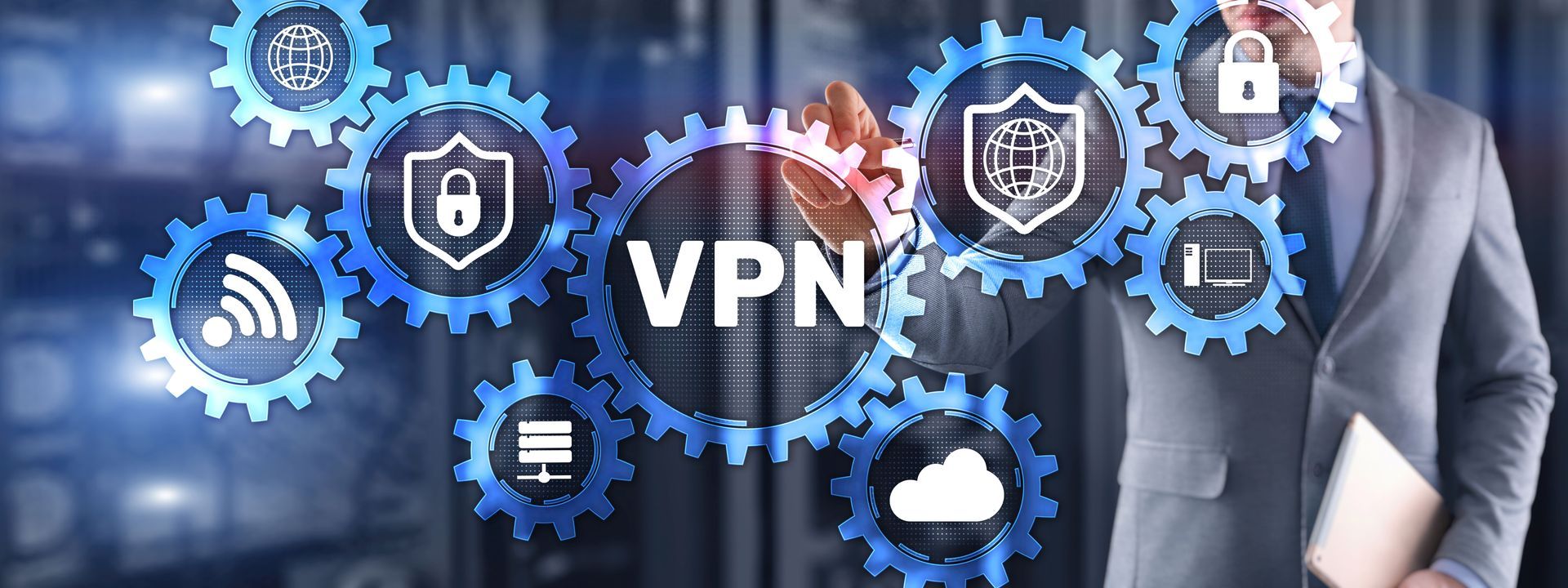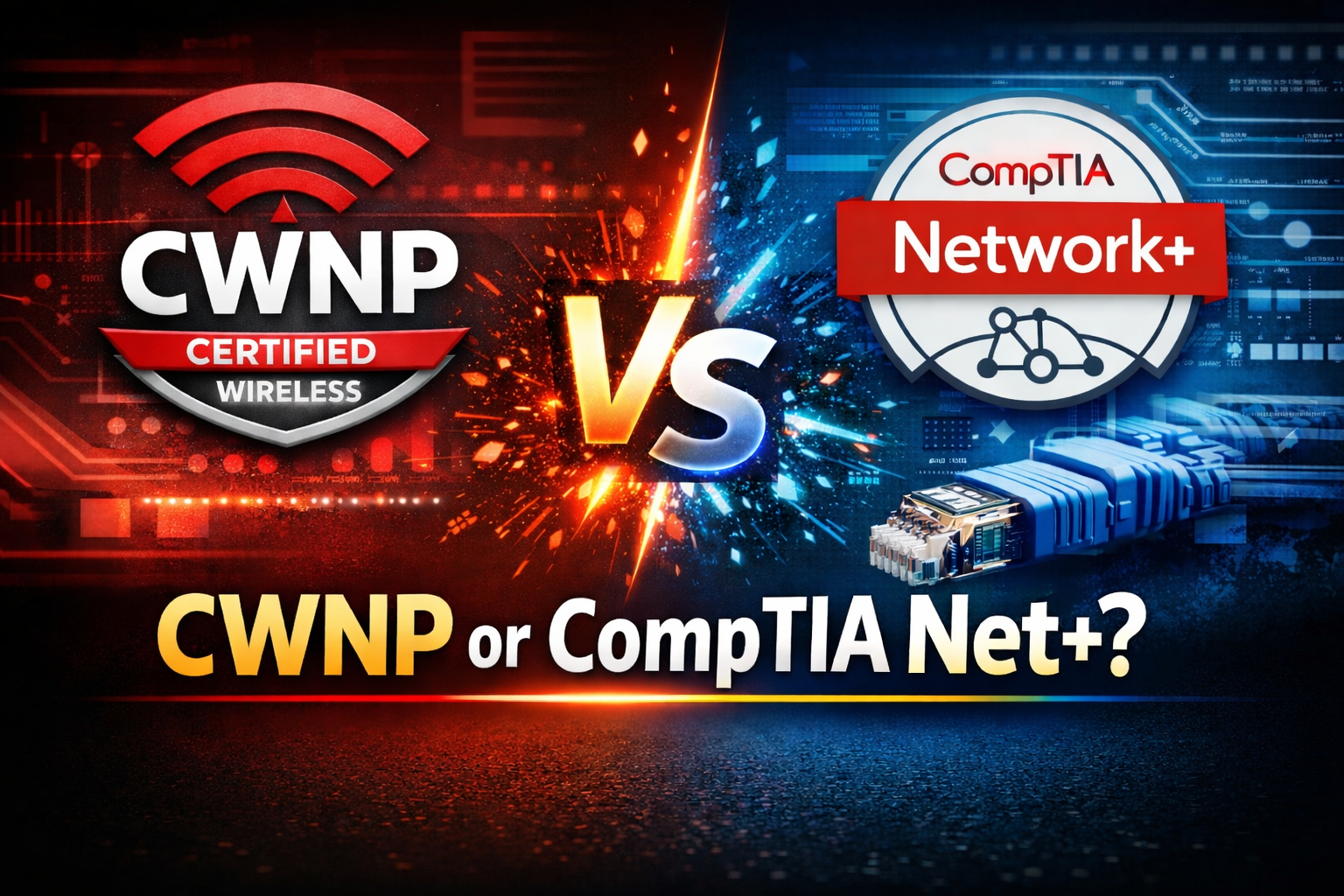Bluetooth and Bluetooth Low Energy
Welcome to our April 2020 blog update where this month I want to focus on Bluetooth (BT) and Bluetooth Low Energy (BLE).
You may see a lot of talk about BLE. I thought I’d write a little blog on the differences between Bluetooth (BT) and Bluetooth Low Energy (BLE).
A lot of people think they are the same and related. Well they kinda are, but distant cousins – not brothers. They have a common heritage, but they have several important distinctions.
BT was created in the mid to late 1990s, from work done at Ericsson in the years previous. It was created to run over short distances and be used for things like mice and keyboards. It was designed to replace small cable runs, over short distances.
Today, in addition to mice and keyboards, you most probably have experienced in your headphones, your microphone (probably for your phone, embedded into an earpiece), or maybe even in your car.
BT breaks down into two main types of devices: BT Classic (also known as BR/EDR) and BLE.
BLE was introduced in BT v4.0 (2010) and lives up to its name – low energy/power. Both these types cannot interoperate, even though they are both technically BT, and operate in the same 2.4GHz (2.400 – 2.4835GHz) frequency. A device wishing to operate both protocols needs to run both protocols (this is sometimes called a Dual Mode device).
You may see BLE sometimes referred to as BT Smart. BLE is becoming more popular, especially because of its lower power use, and therefore longer battery life. BT was designed, and intended, for continuous data streaming, where BLE was designed for short burst data transmission. BT is used for audio streaming, and file transfers. BLE tends to be used for data transmission, and/or control with low-bandwidth applications.
Technical Details (BT v5.0 – 2016)
<<Click image to enlarge>>
BLE versions are backwards-compatible.
There you go! Lots of information on BLE, so now you can impress people at parties, right? Or maybe…?
See you next time!
===
*Speed is the speed of the PHY layer, application throughput tends to be around 70% of the stated “speed”.
**2Mbps speed involved use of new hardware. It is possible older equipment may not support this.
*** BT5.0
===
About NC-Expert
NC-Expert is a privately-held California corporation and is well established within the Wireless, Security, and Collaboration industry certification training, courseware development, and consulting markets.
Led by its Founder and CEO, Rie Vainstein, NC-Expert has won numerous private contracts with Fortune level companies around the world. These customers have depended on NC-Expert to train, advise, and mentor their staff.
So remember, if you are looking for the best IT training just call us at (855) 941-2121 or contact us
The post Bluetooth and Bluetooth Low Energy appeared first on NC Expert.
NC-Expert Blog








